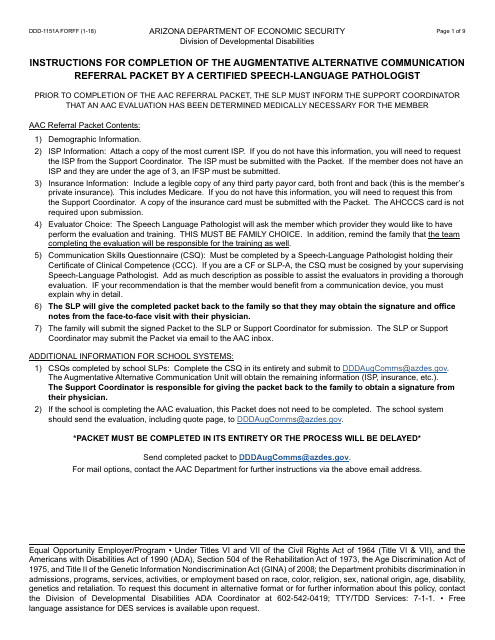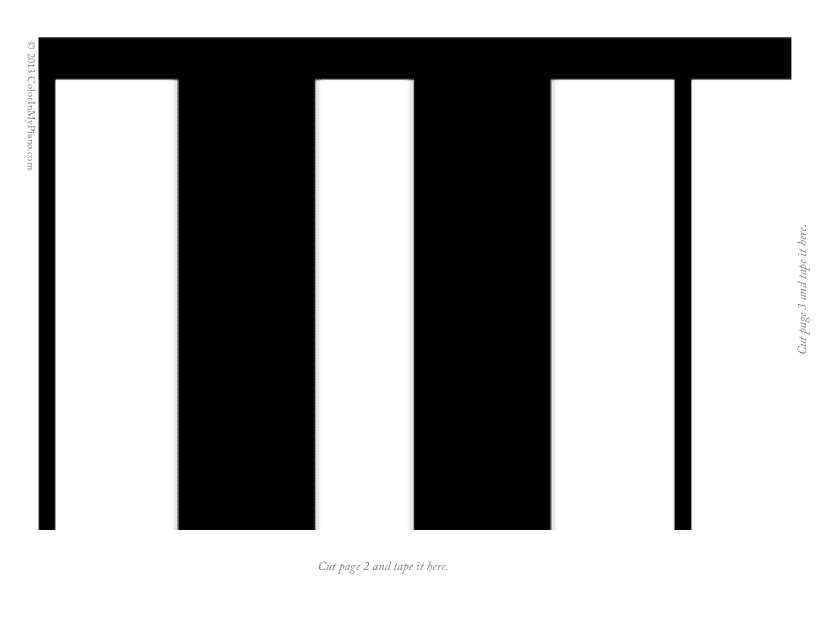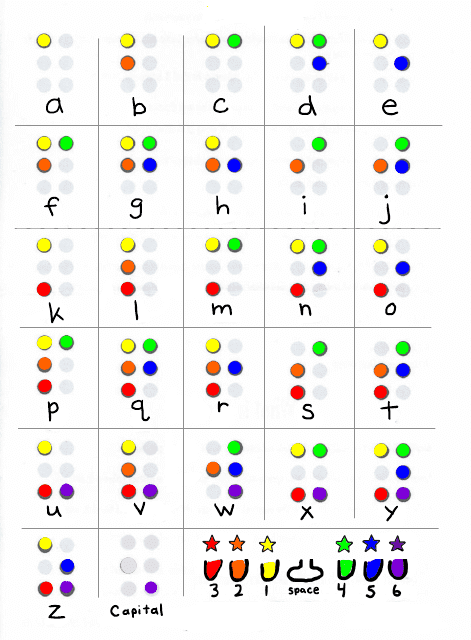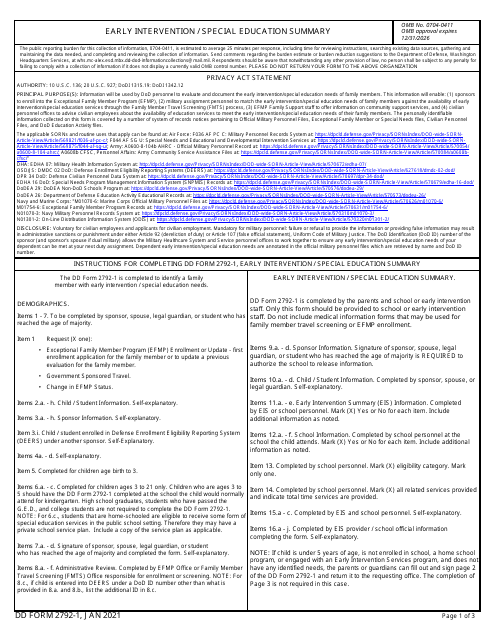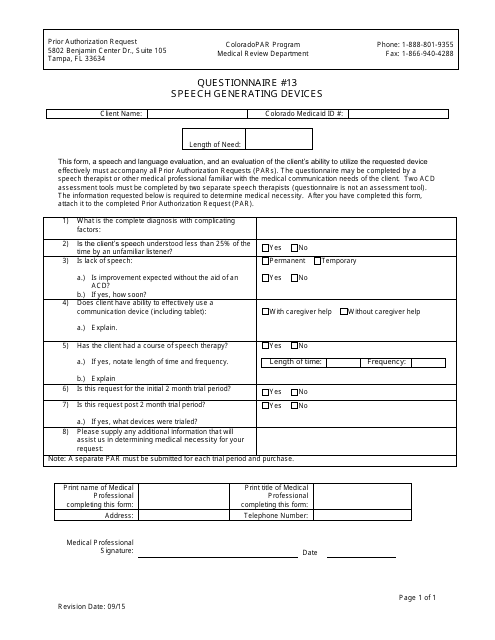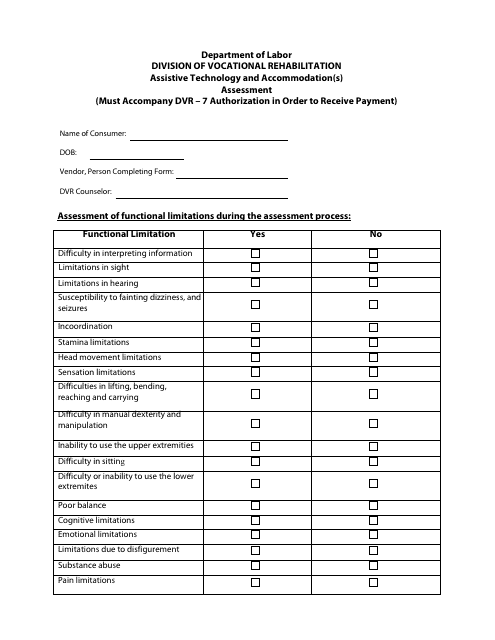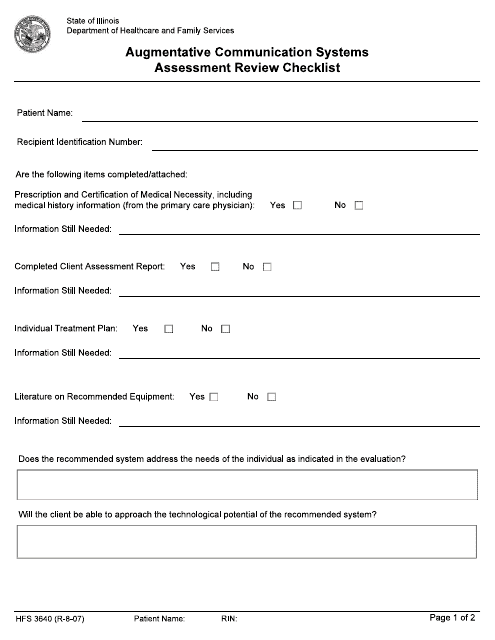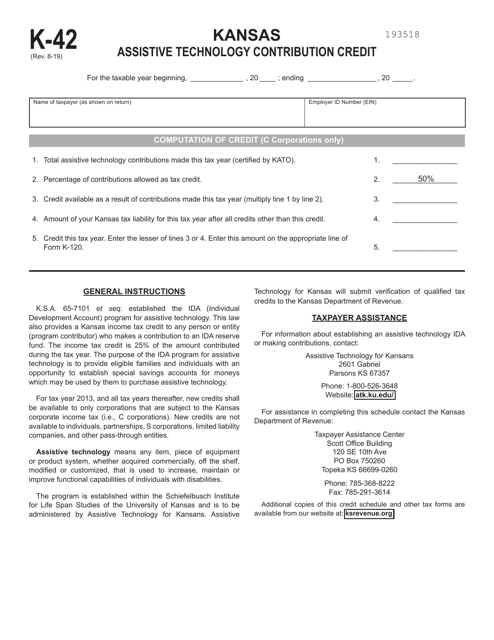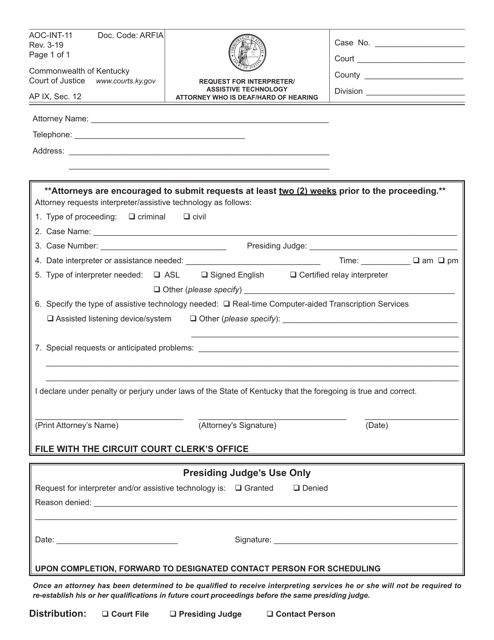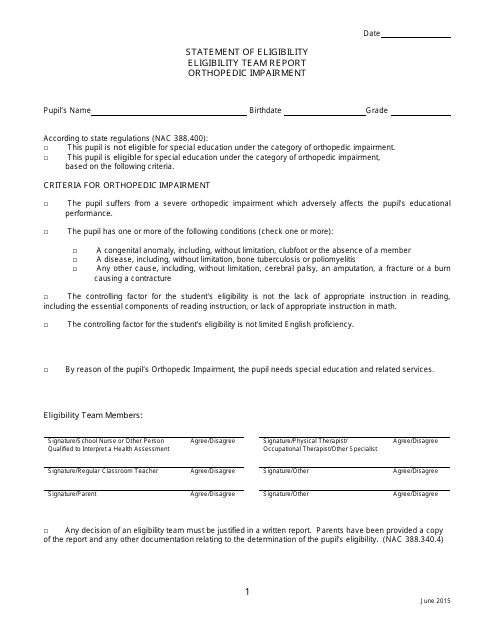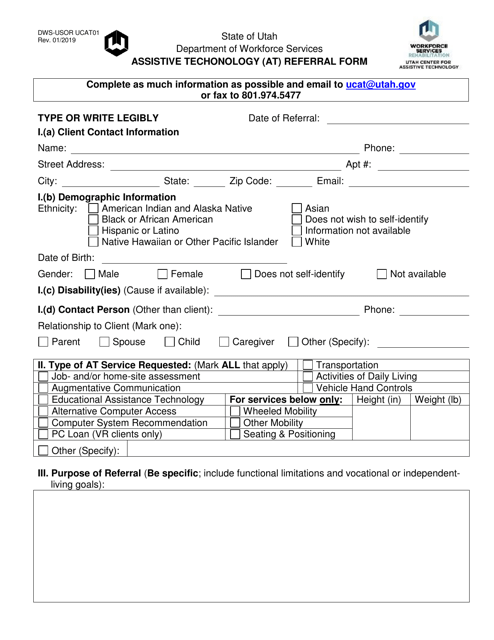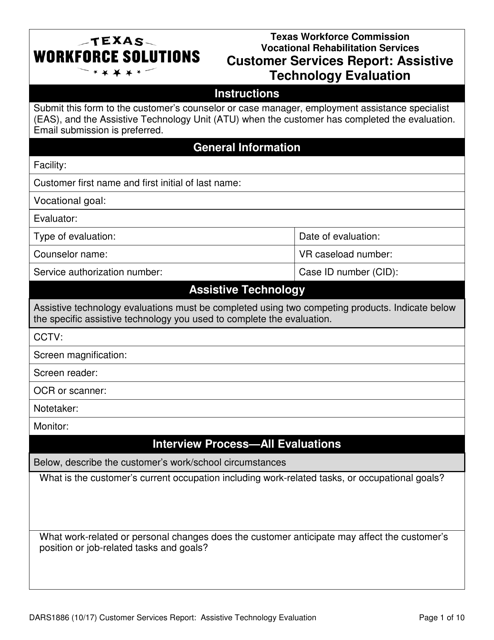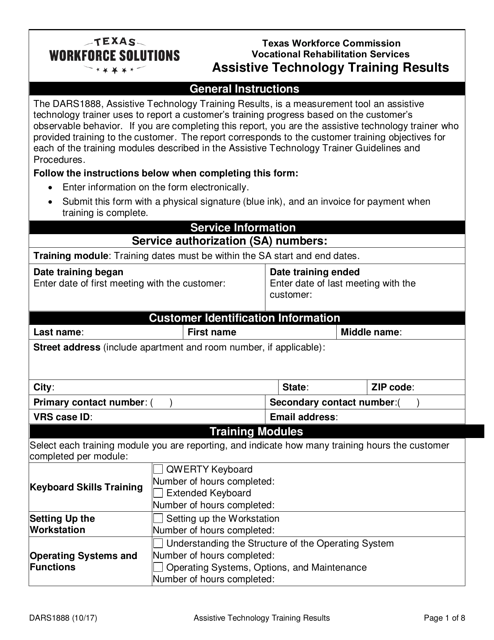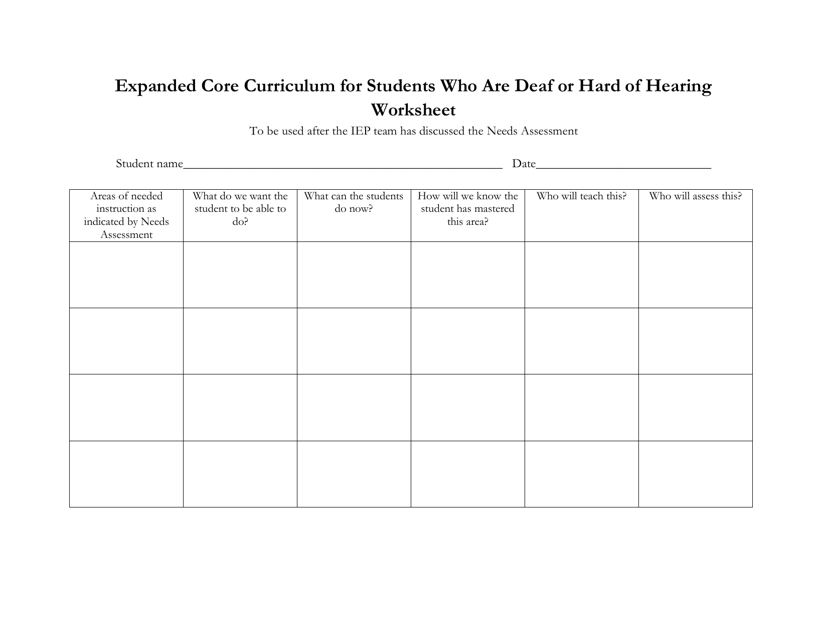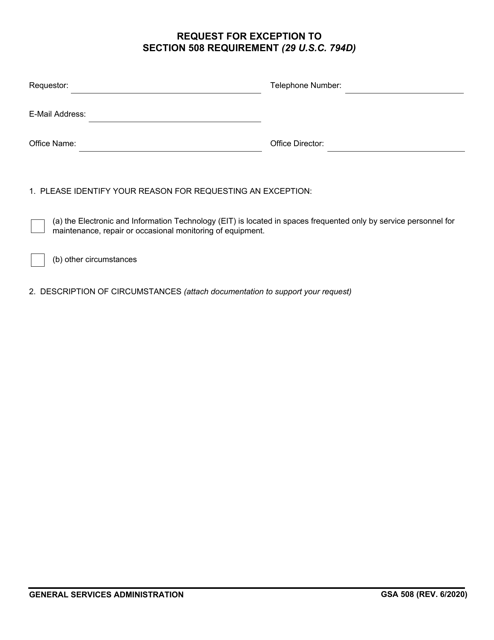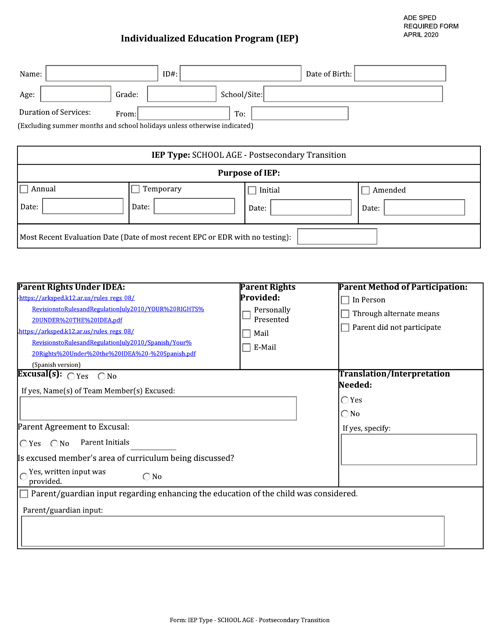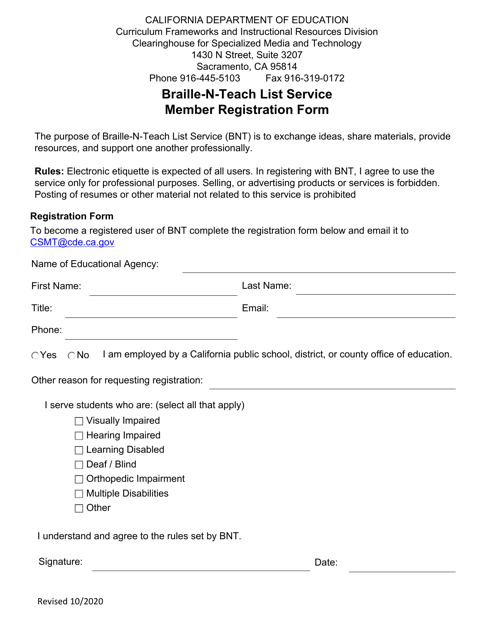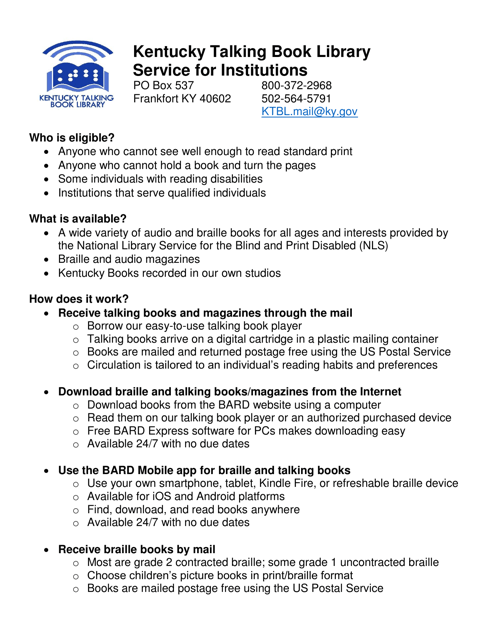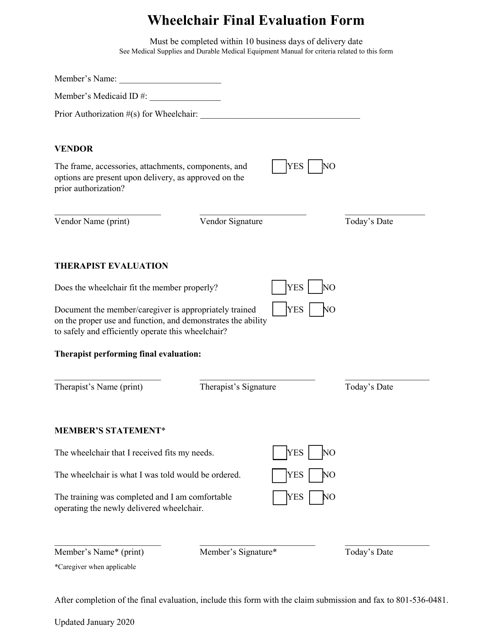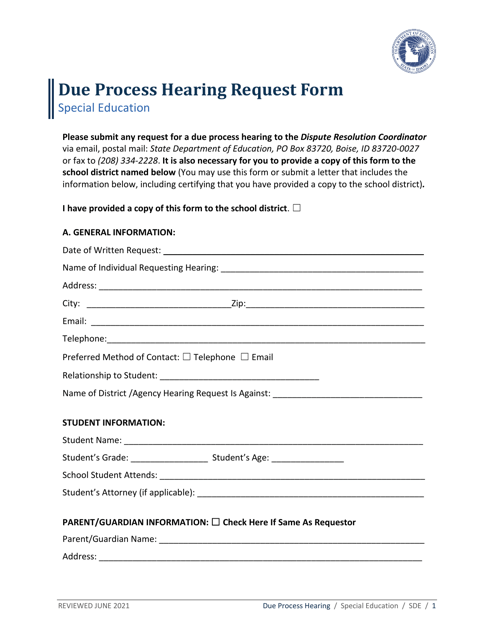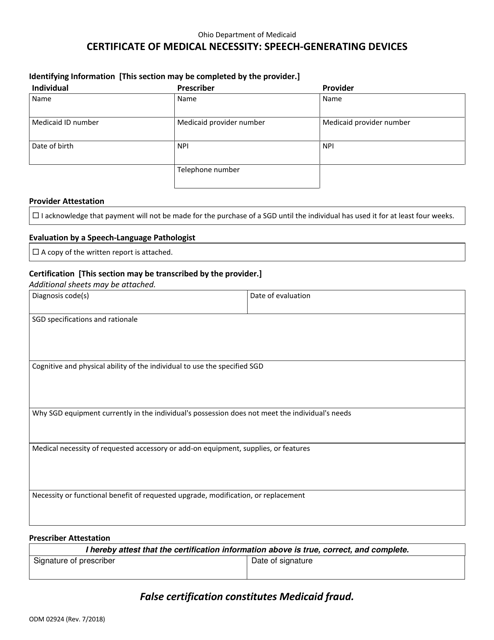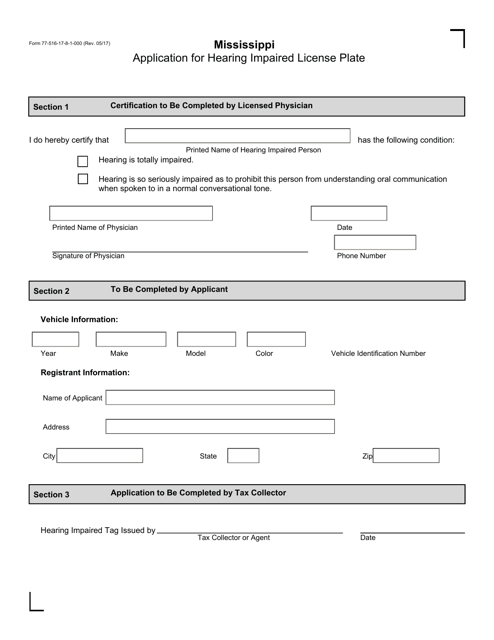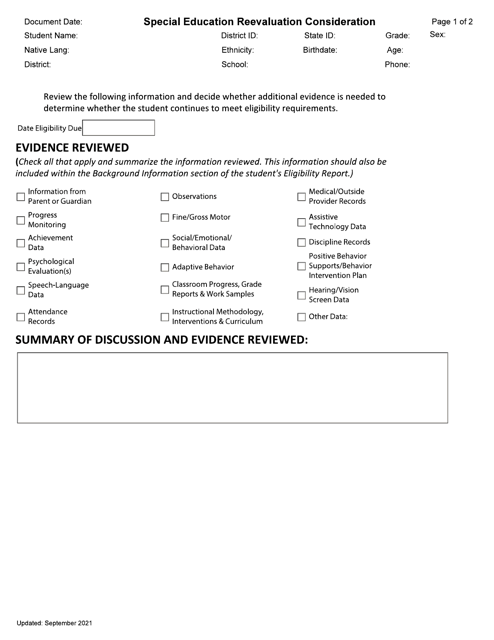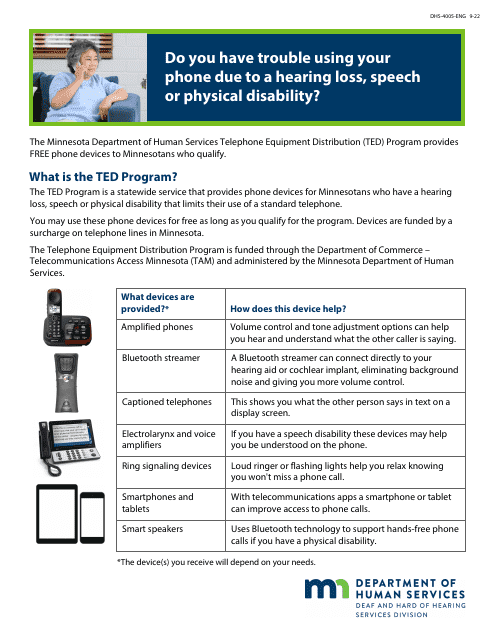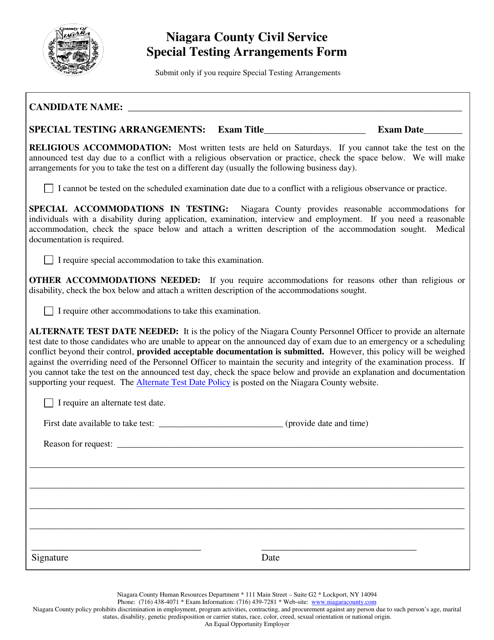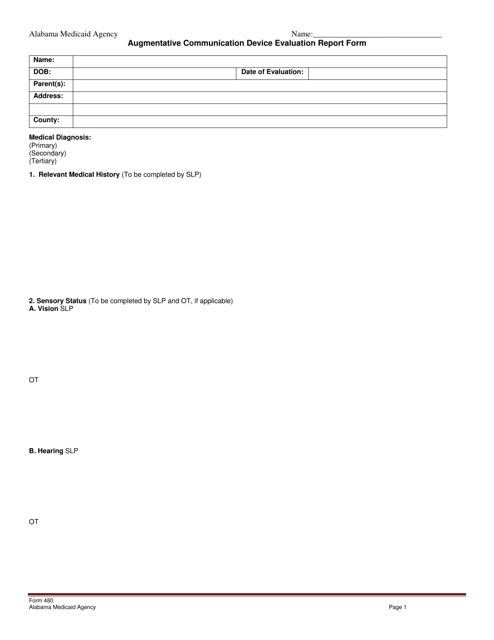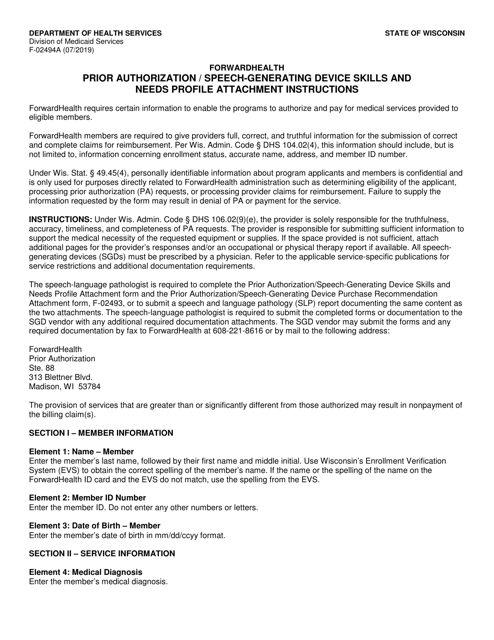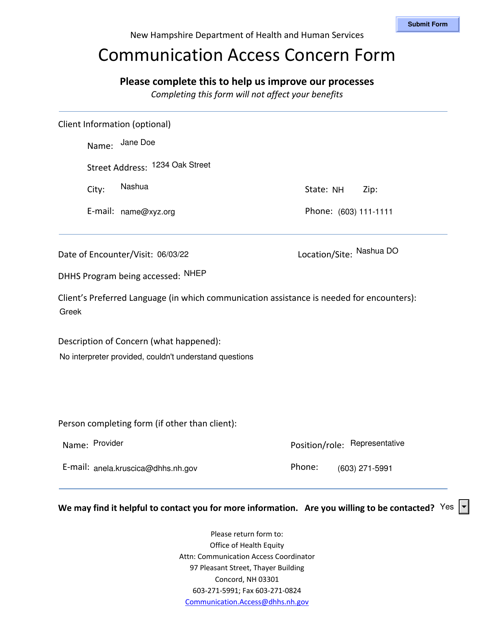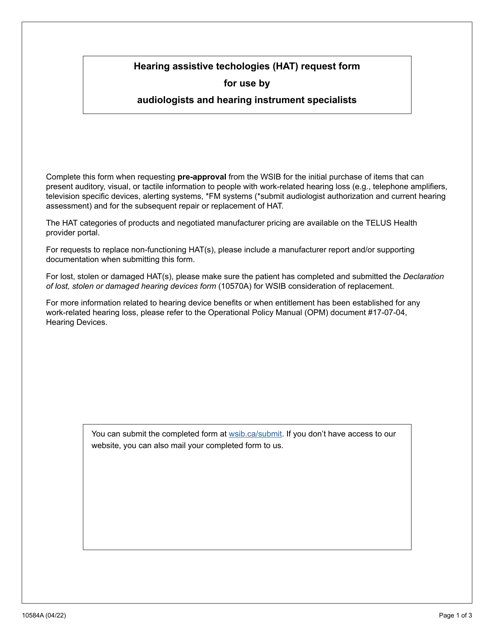Assistive Technology Templates
Assistive technology, also known as assistive technologies, refers to a wide range of tools, devices, and software that are designed to enhance the independence and quality of life for individuals with disabilities. These assistive technologies are specifically created to assist individuals in overcoming limitations and challenges they may face in their daily activities.
The use of assistive technology can greatly improve accessibility and inclusion for individuals with different types of disabilities, such as physical, sensory, cognitive, or developmental disabilities. By providing support and assistance tailored to their specific needs, assistive technology enables individuals to participate fully in education, work, and community life.
Assistive technology assessment forms, like the DD Form 2792-1 Special Education/Early Intervention Summary and the Assistive Technology and Accommodation(S) Assessment Form, are used to determine the specific assistive technology needs of individuals. These evaluation tools help professionals identify the most suitable devices or software that can address the individual's challenges effectively.
States like Delaware, Texas, and New Mexico have their respective documentation related to assistive technology. For example, the Form DARS1886 Customer Services Report in Texas focuses on the evaluation of assistive technology, while the Assistive Technology Inventory List in New Mexico serves as a resource to track and manage available assistive technology devices.
To ensure effective communication access for individuals with disabilities, states like New Hampshire provide forms such as the Sample Communication Access Concern Form. This document allows individuals to express their concerns related to communication barriers and the need for assistive technology solutions.
The availability and utilization of assistive technology play a crucial role in promoting independence, accessibility, and equal opportunities for individuals with disabilities. By embracing assistive technology, individuals can overcome barriers and maximize their potential to lead fulfilling and inclusive lives.
Documents:
48
This form is used for referring individuals who may benefit from Augmentative Alternative Communication (AAC) in the state of Arizona. The AAC referral packet includes necessary documentation for assessment and intervention.
This document provides a large keyboard template for individuals who have difficulty reading or operating standard-sized keyboards.
This document provides a chart that displays the Braille alphabet used by visually impaired individuals. It shows the different combinations of raised dots that represent letters, numbers, and punctuation marks.
This form is used to enroll in Exceptional Family Member Program (EFMP) and to record special educational needs of a dependent child from birth through the age of 21 whose health condition requires special educational services.
This document is a questionnaire related to speech generating devices in the state of Colorado. It is used to gather information about the use and functionality of these devices.
This Form is used for assessing assistive technology and accommodations in Delaware to support individuals with disabilities.
This document is a checklist used in Illinois to review and assess augmentative communication systems. It helps evaluate the effectiveness of these systems in aiding communication for individuals with disabilities.
This document is a report from the eligibility team in Nevada regarding the eligibility of a student with an orthopedic impairment. It provides information on whether the student qualifies for special education services.
This form is used for making a referral for assistive technology in Utah.
This form is used for reporting customer services related to the assistive technology evaluation in the state of Texas.
This document is used for reporting the results of assistive technology training in Texas.
This Form is used for individuals in Illinois who need a motorized wheelchair evaluation. It collects information about the individual's mobility needs and helps determine if they qualify for a motorized wheelchair.
This document is a client assessment report for augmentative communication systems in Illinois. It is used to evaluate and provide recommendations for individuals who require alternative methods of communication.
This form is used for requesting an interpreter or assistive technology for individuals who are deaf or hard of hearing in the state of Kentucky.
This worksheet is used to support the implementation of an expanded core curriculum for students in Iowa who are deaf or hard of hearing.
This document is used for outlining a personalized education plan for students transitioning to postsecondary education in Arkansas. It helps ensure that students with disabilities receive appropriate support and accommodations in their educational journey beyond high school.
This document is a registration form for becoming a member of the Braille-N-teach List service in California. Register to stay connected with the Braille-N-teach community and receive important updates and resources related to Braille education.
This document is an application for institutional clients to access the services provided by the Kentucky Talking Book Library.
This form is used for conducting the final evaluation of a wheelchair in Utah. It helps assess the functionality and suitability of the wheelchair for the user.
This Form is used for obtaining a Certificate of Medical Necessity in the state of Ohio, specifically for Speech-Generating Devices.
This form is used for applying for a hearing impaired license plate in the state of Mississippi.
This form is used for requesting auxiliary aids and services in the state of Colorado. It allows individuals to request accommodations to ensure equal access to programs and services.
This document is for creating a list of assistive technology devices in New Mexico. It helps keep track of available resources for individuals with disabilities.
This Form is used for monitoring and taking action on the monthly inventory of assistive technology providers in New Mexico.
This Form is used for requesting special testing arrangements in Niagara County, New York.
This document is used for evaluating and reporting on an augmentative communication device in the state of Alabama. It helps to assess the effectiveness and suitability of the device for individuals with communication needs.
This Form is used for providing prior authorization and assessing the skills and needs of individuals who require speech-generating devices in the state of Wisconsin.
This form is used for reporting concerns related to communication access in the state of New Hampshire. It allows individuals to bring attention to any issues or barriers they may have encountered in accessing communication services or information.
This form is used for requesting Hearing Assistive Technologies (HAT) in the province of Ontario, Canada.
This document certifies the eligibility of an individual with an orthopedic impairment in the state of Nevada. It is used to verify the condition and support any necessary accommodations or services required for the person.


